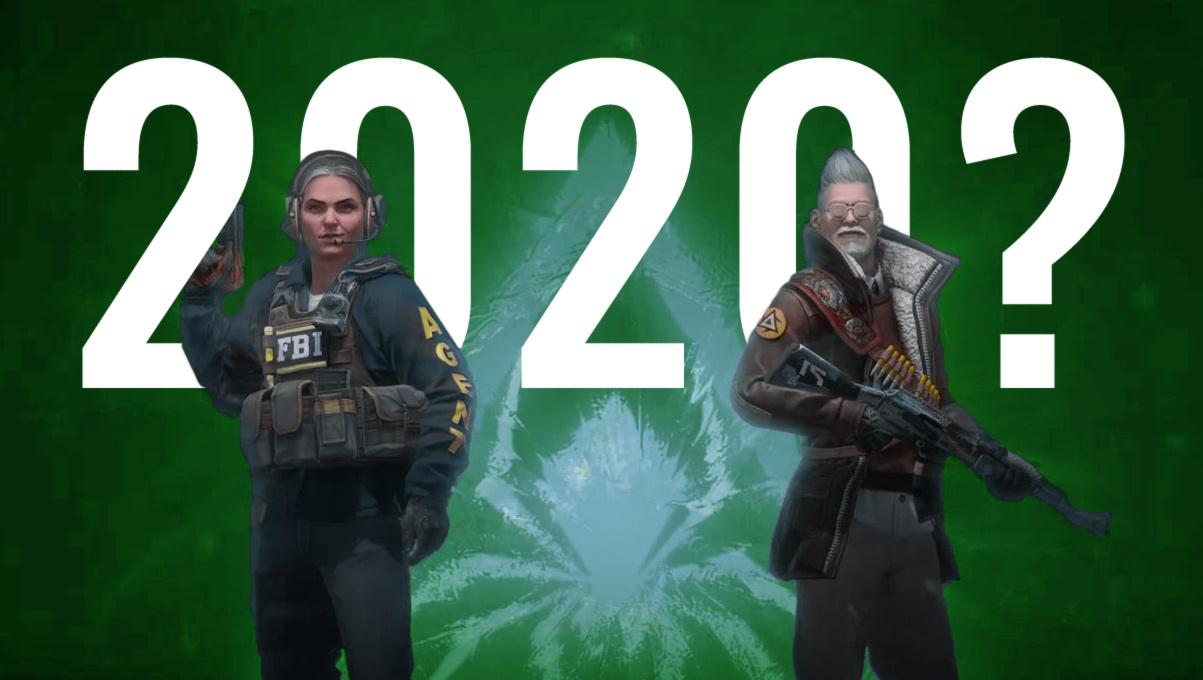
What are the signs that CSGO’s next operation is on its way?
Counter-Strike: Global Offensive fans have had to do a lot of waiting recently. In less than a month, it will have been an entire year since the last time fans saw teams compete in the last CSGO Major. September is also the same time that Valve dropped what we now know were some of the earliest hints about Operation Shattered Web.
For a game that lives and breathes by its competitive spirit, operations bring something different to the popular first-person shooter. CSGO’s operations come bundled with new skins for the game’s weapons, cooperative modes, and prior to Shattered Web, limited-time game modes that gave players a less competitive way to interact.
When Shattered Web officially released in November 2019, players had waited almost two years since the game’s last such event. But while Shattered Web didn’t break the mold in regard to CSGO’s operations, it did much more behind the scenes to set the game up for the next operations.
Valve has kept up with CSGO’s new case schedule in 2020
Looking back over the several years of CSGO’s new case rollouts, there are pretty clear windows through which Valve delivers CSGO new skins. Before looking at two other instances of hints from the operation, its important to have a general idea of how often Valve releases content. That way, players can set their expectations.
Since 2017, Valve seems to have settled on releasing three cases per year. Each case is usually launched around the same time each year, and so far fans are on track to still get two more by the end of this year. Prisma 2 released at the end of Shattered Web right around the same time that CSGO revealed the Clutch and Prisma cases released in the two previous years.
- Clutch Case – February 15, 2018
- Prisma Case – March 13, 2019
- Prisma 2 Case – March 19, 2020
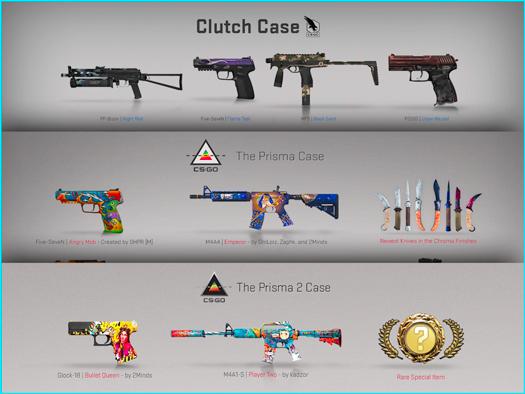
While CSGO hasn’t gotten another case just yet, Valve has released cases at an average of 128 days apart, which means fans still have another month or so before Valve is over its average count. If Valve is working on an operation, things like approving and implementing skins might take more time. Doubly so if CSGO’s next operation is like Shattered Web in that it gives players three collections and one skin crate to collect. The last two years saw CSGO’s second case drop between August and October.
- Horizon Case – August 3, 2018
- CS20 Case – October 18, 2019
Since the release off Prisma 2 on April 1, it’s been about 125 days. The CS20 case wasn’t released in 2019 until 219 days since the Prisma case that January. Shattered Web and its collections were released just a month later with three new collections and one new weapons crate. It was a massive addition.
Watch for small updates to CSGO
Keep an eye out for updates to bots and new console commands for operation previews
In September of last year, CSGO players were given a little present to help them find new smoke lineups and to better practice them in offline games. The post for the update was small and it wasn’t listed on the CSGO blog, but it turned out that these commands were likely created and used by CSGO’s developers to perfect the bot executes that CSGO players saw in Shattered Web’s cooperative guardian missions.
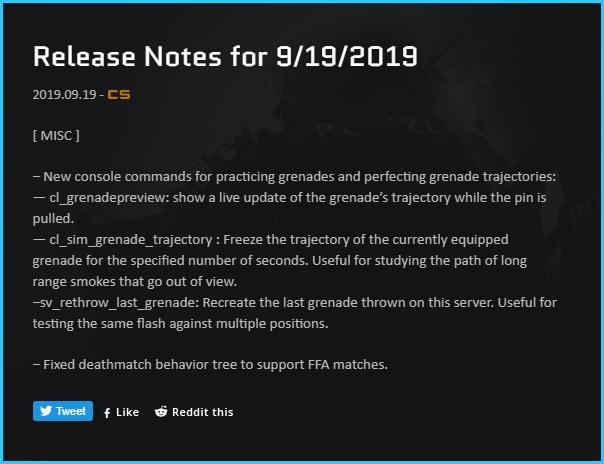
The grenade commands were released only three days after developers had added what are called “bot decision trees” to CSGO’s bots. The new trees work like an AI framework, allowing CSGO’s bots to make decisions based on what’s going on around them. Bots can now track tracers from enemy bullets through smokes, they listen for footsteps, and more. The bot updates and the grenade updates seemed unrelated at first, but by the time the first smoke fell on Mirage’s guardian mission, it became clear that those additions to CSGO were meant for use in that mission.
Valve made CSGO’s next operation easier for them to create
Before Operation Shattered Web, any mision types were specifically named after that operation in the game’s config files. There were changes made for Shattered Web, however, that call on map configs added with the operation. These config files were lengthy, and it makes creating a guardian mission as easy as just going down the list, similar to how a player would in a practice config. These templates were used for all guardian missions. Players never saw the configuration files, and if a developer had coded each one individually as they did prior to these templates appearing, no player would have known the difference.
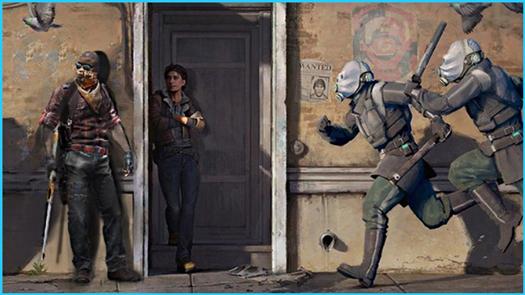
But what they do is probably the most important sign that CSGO is likely to have another operation soon. It makes creating one much easier. The less work that developers have to do to create an operation, the more likely they are to take one up as a project and to produce them more consistently.
Recommended

s1mple is offering lessons to help you get good at CS2
Have you dreamed of playing like s1mple?
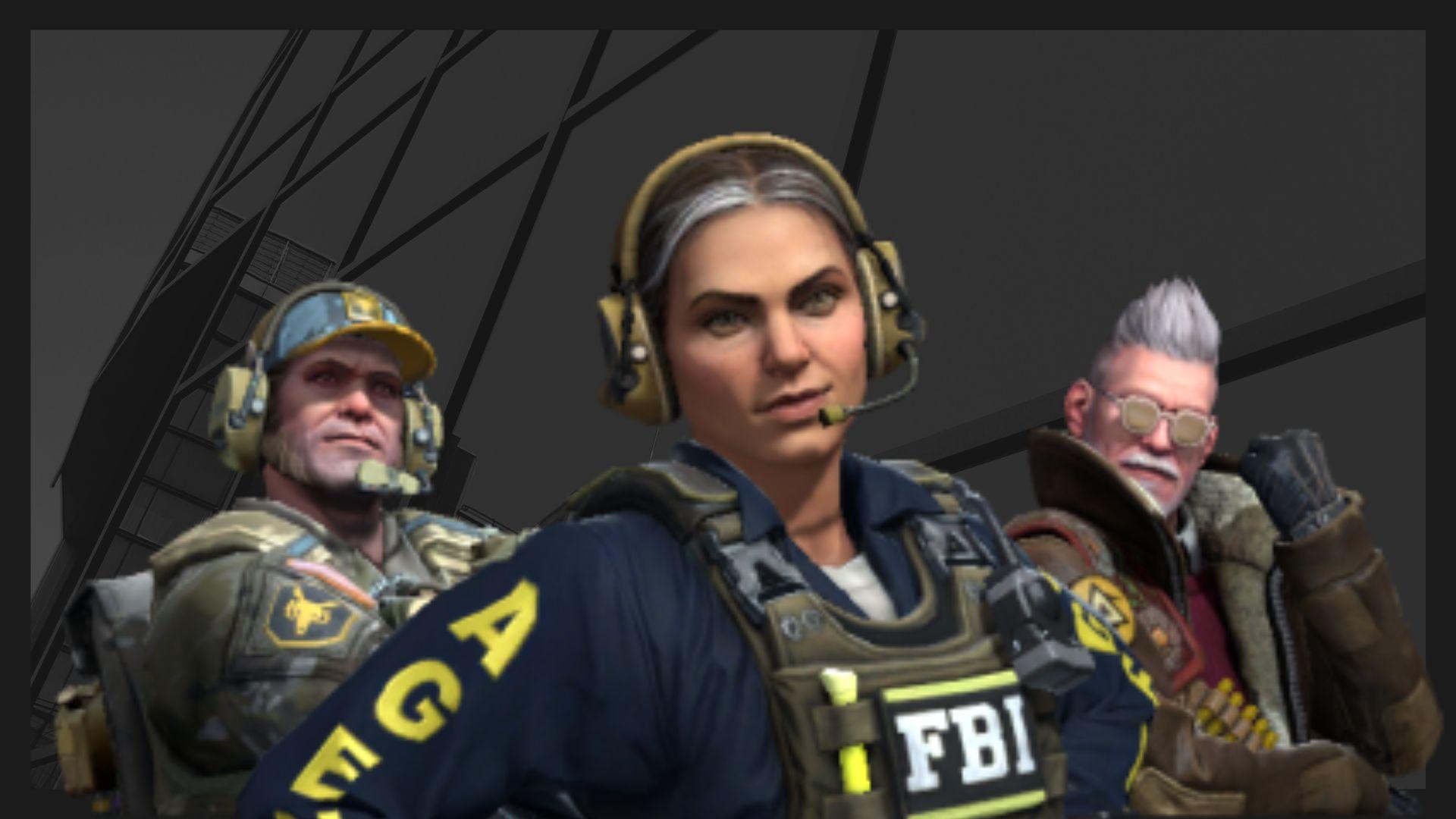
Recent CS2 ban wave punishes cheaters during live games
Valve is banning players in bulks.
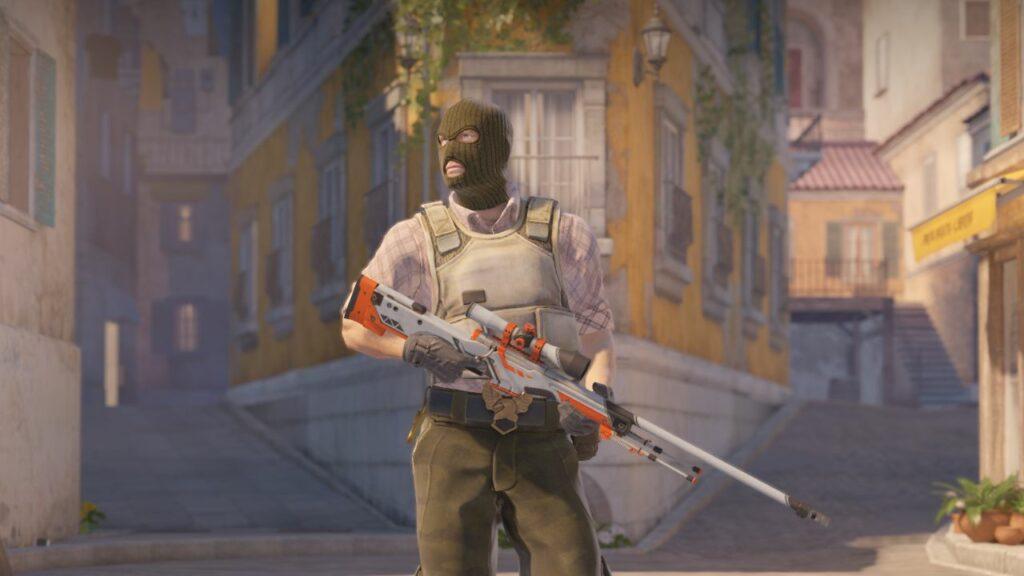
Players hopeful after Valve adds Overwatch to expose CS2 cheaters
Only “trusted” players will be Overwatch investigators.







